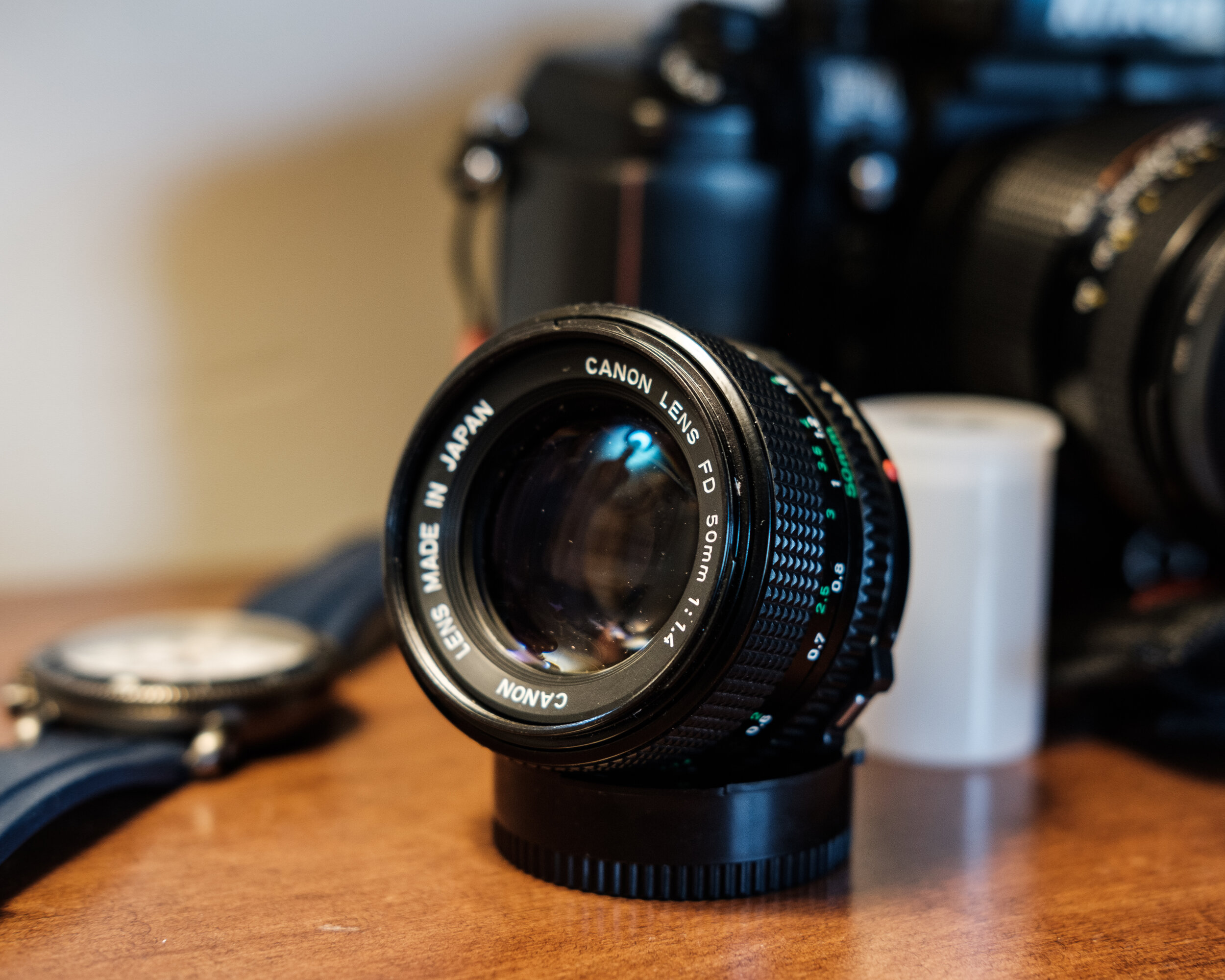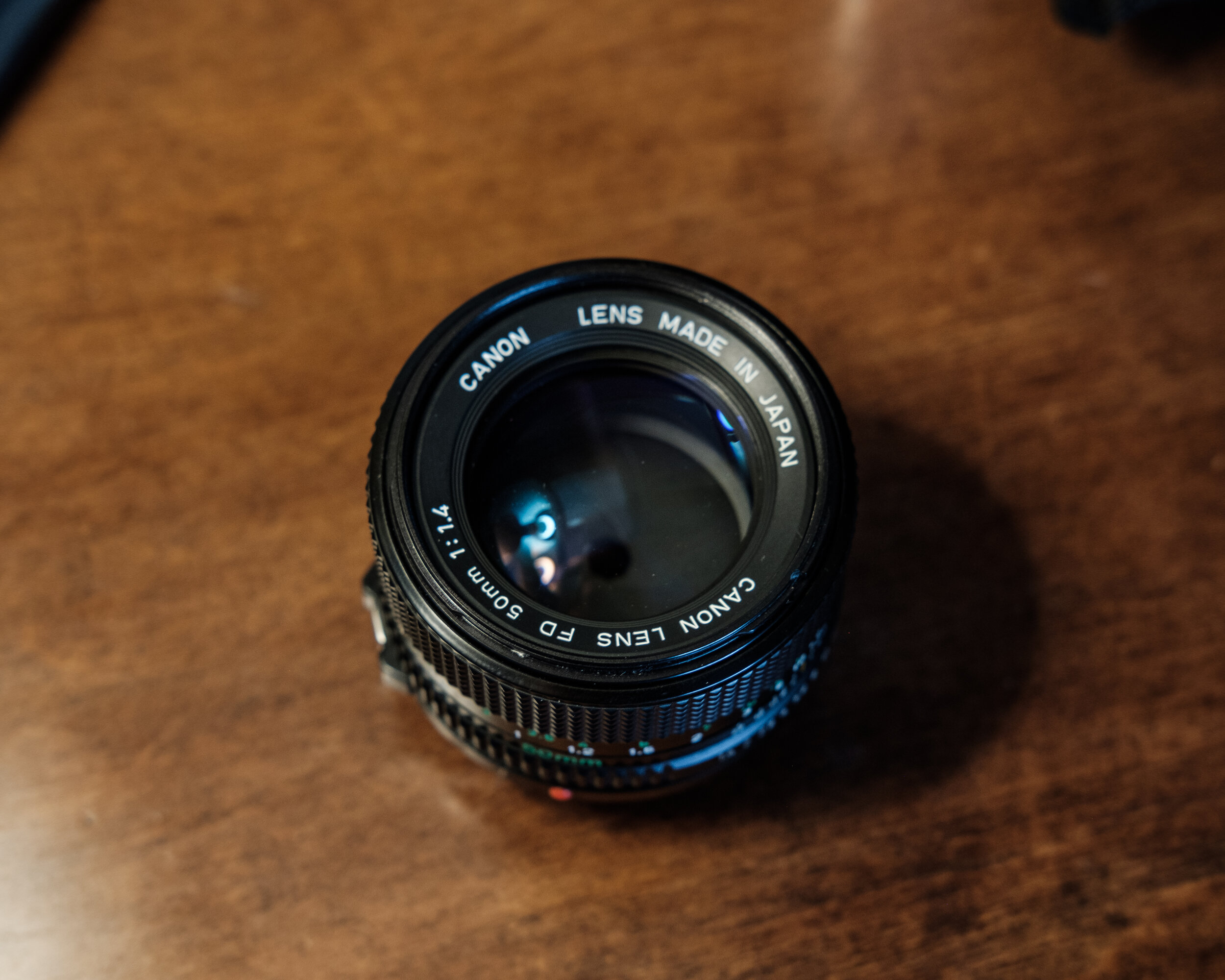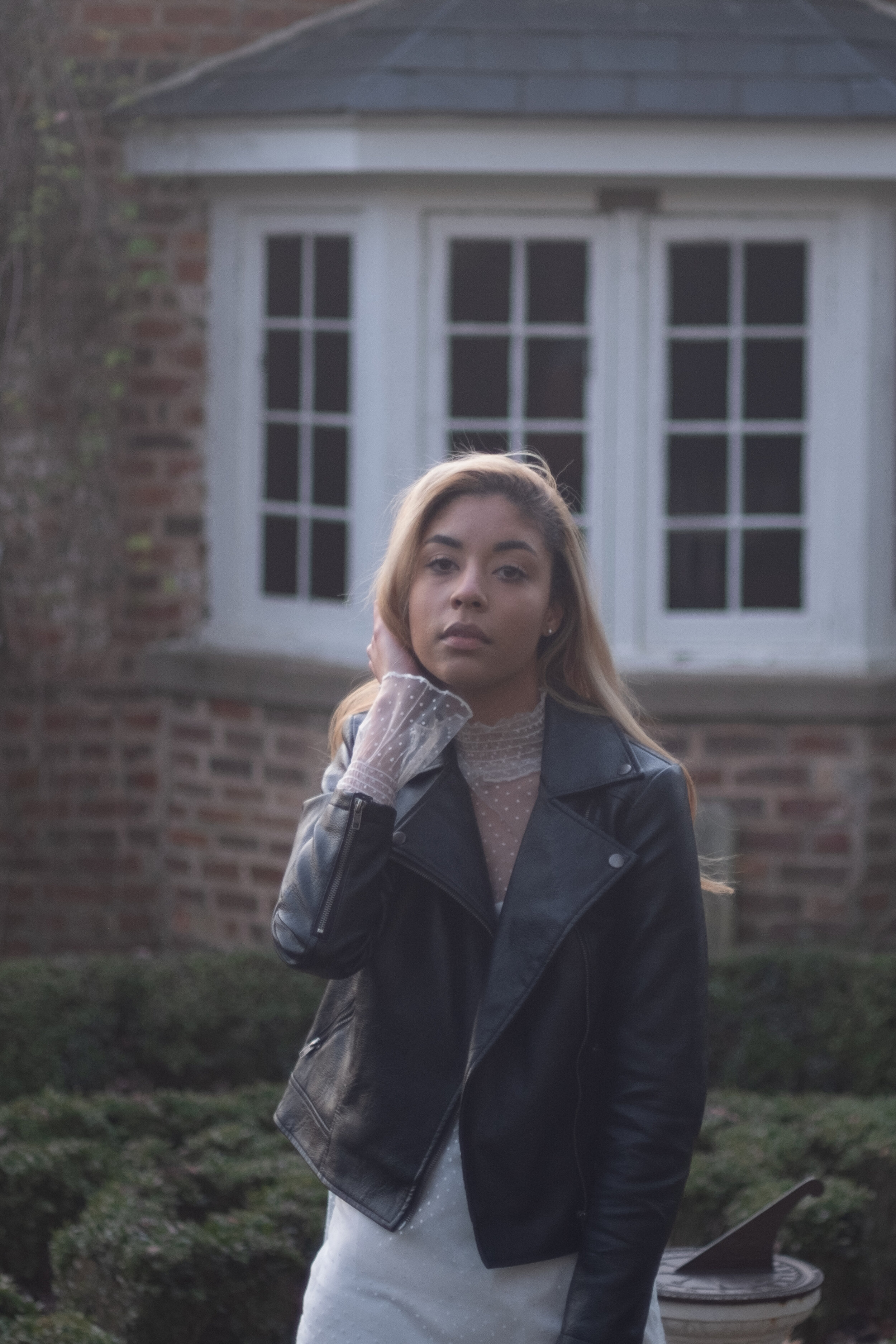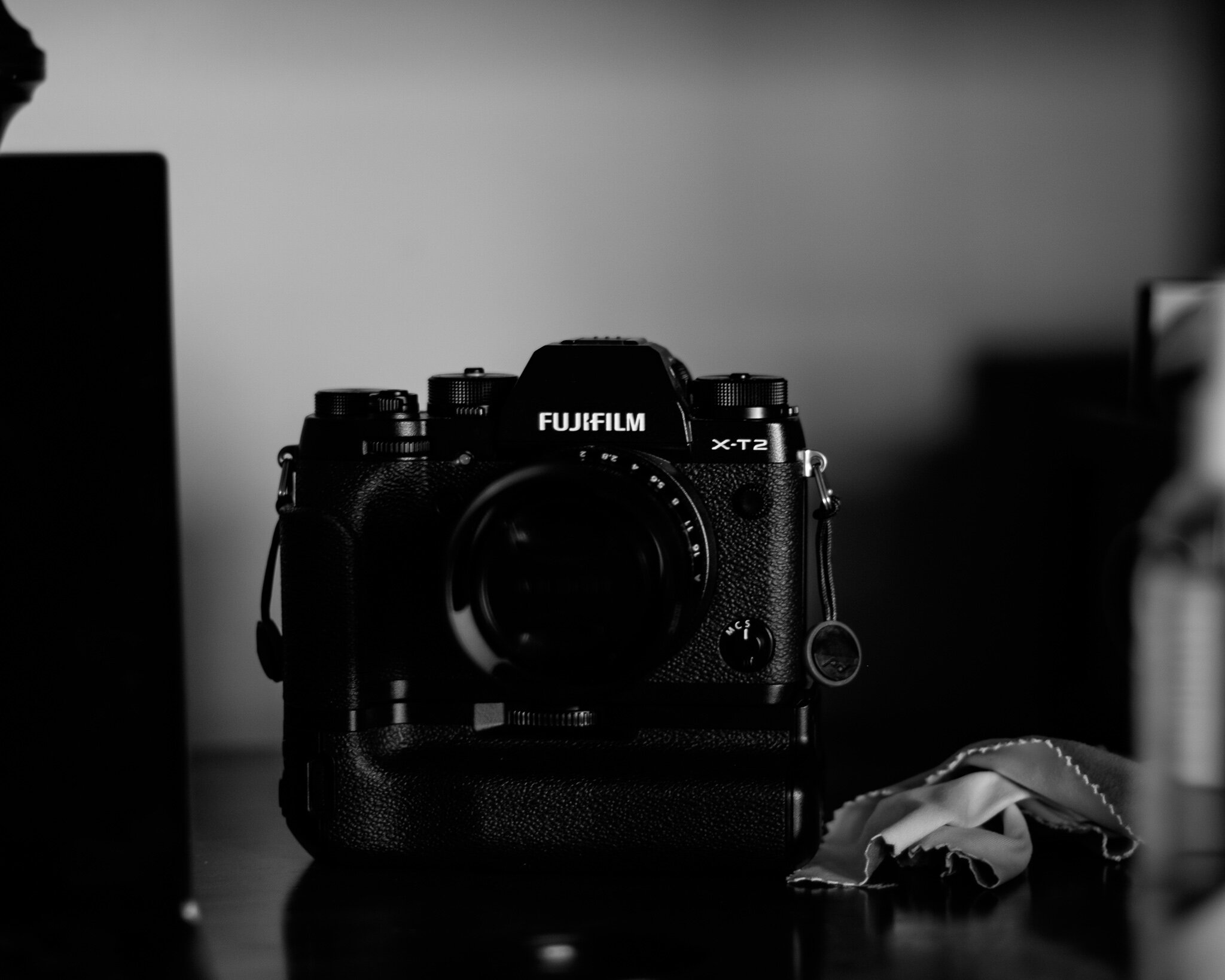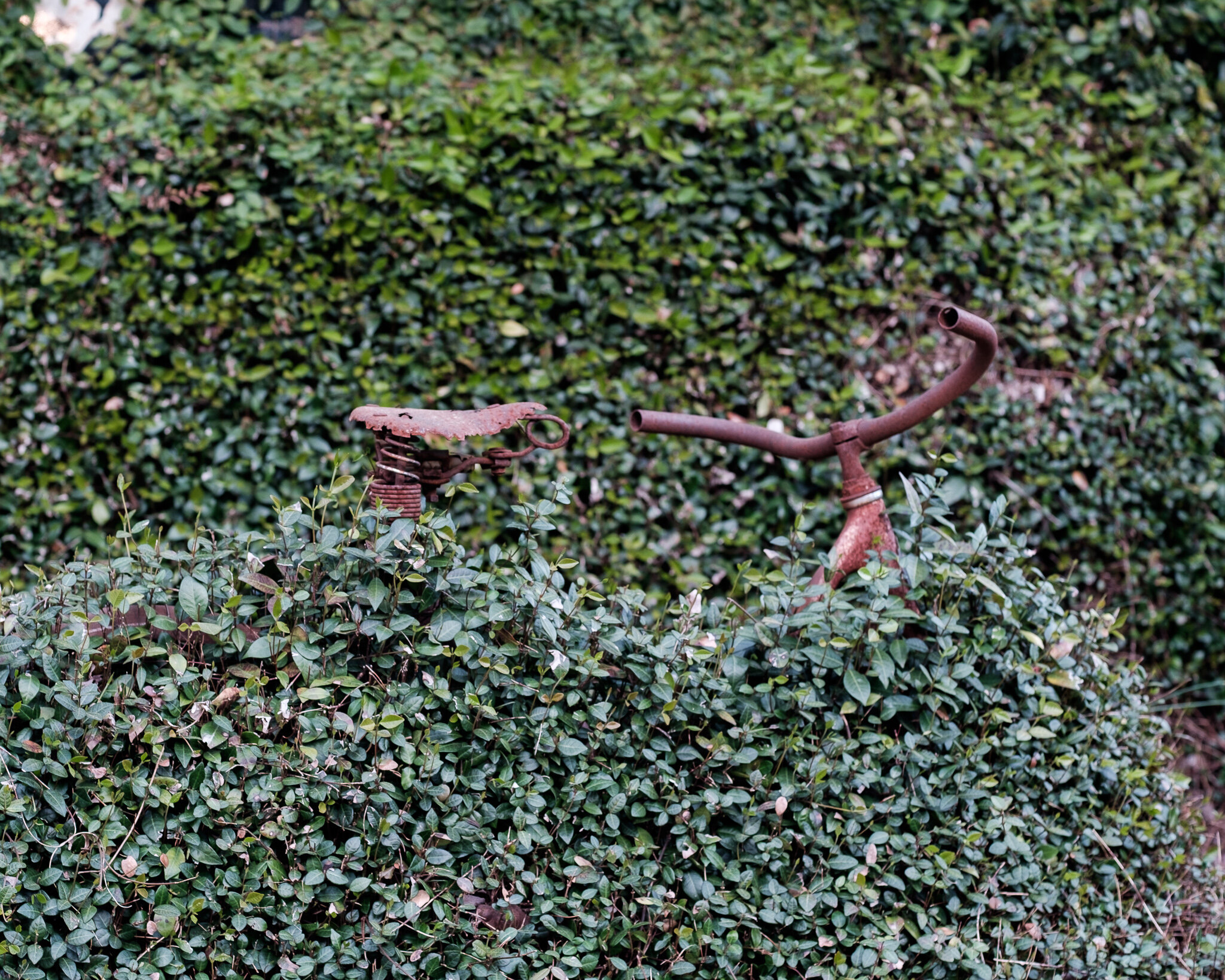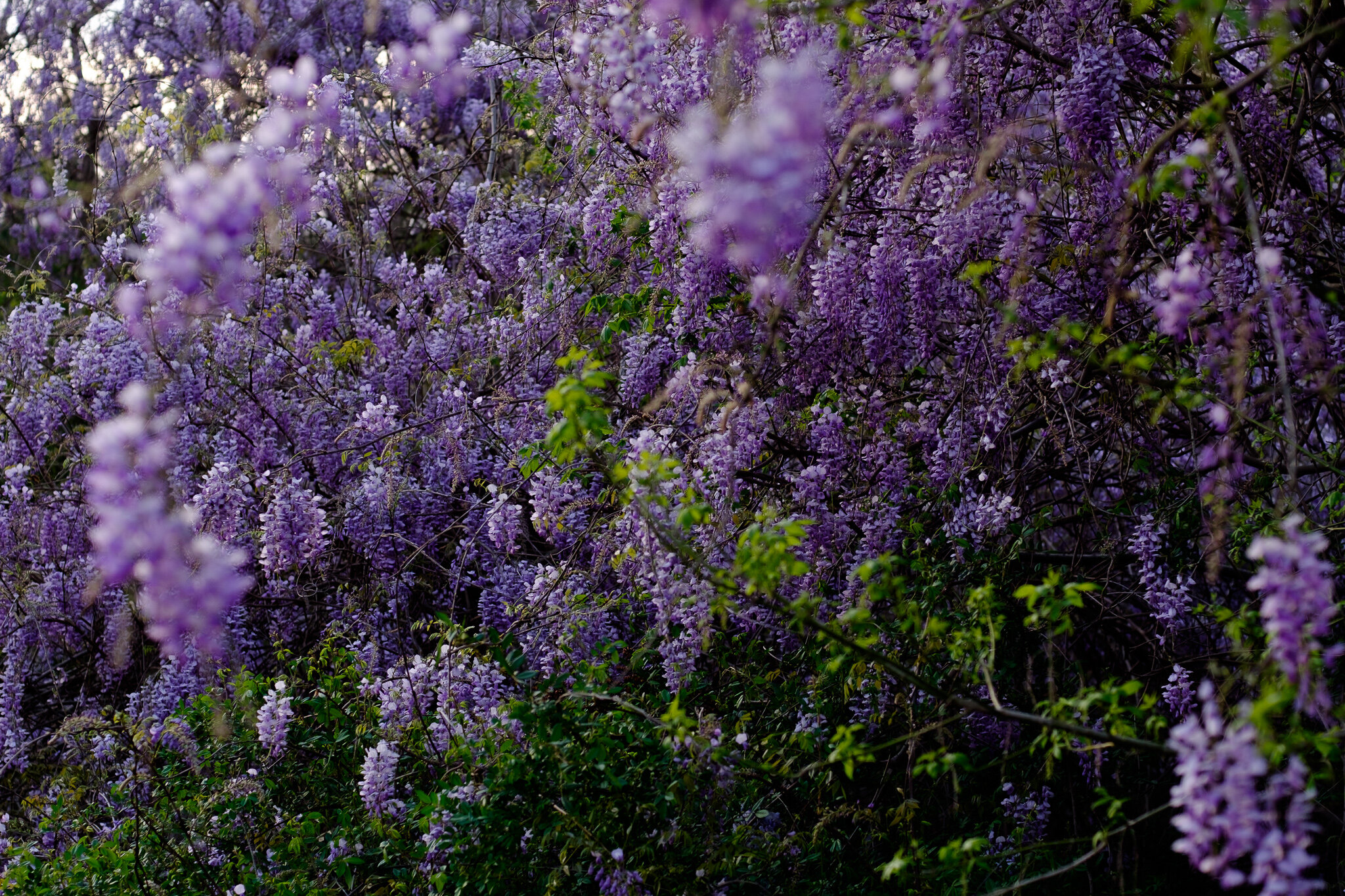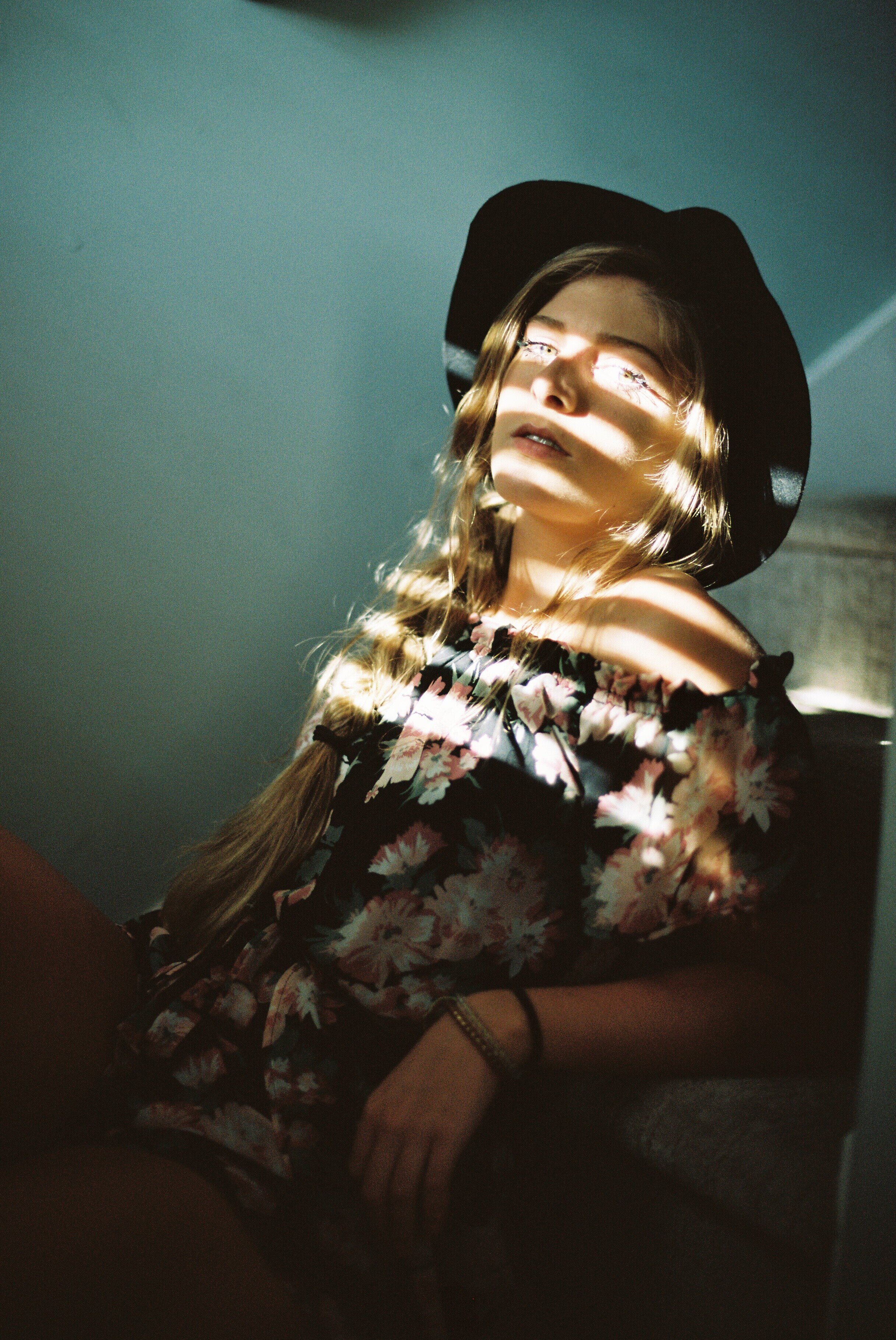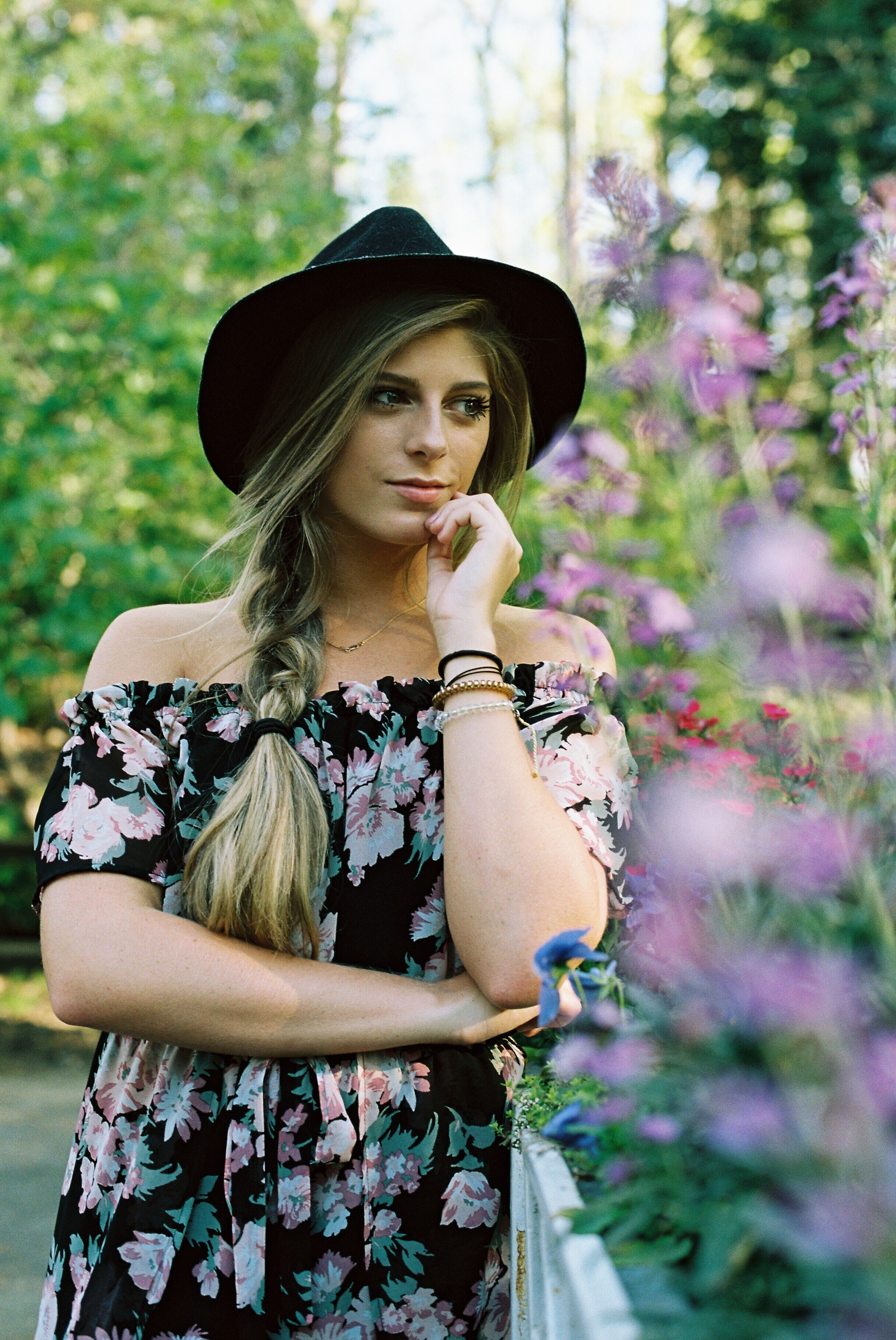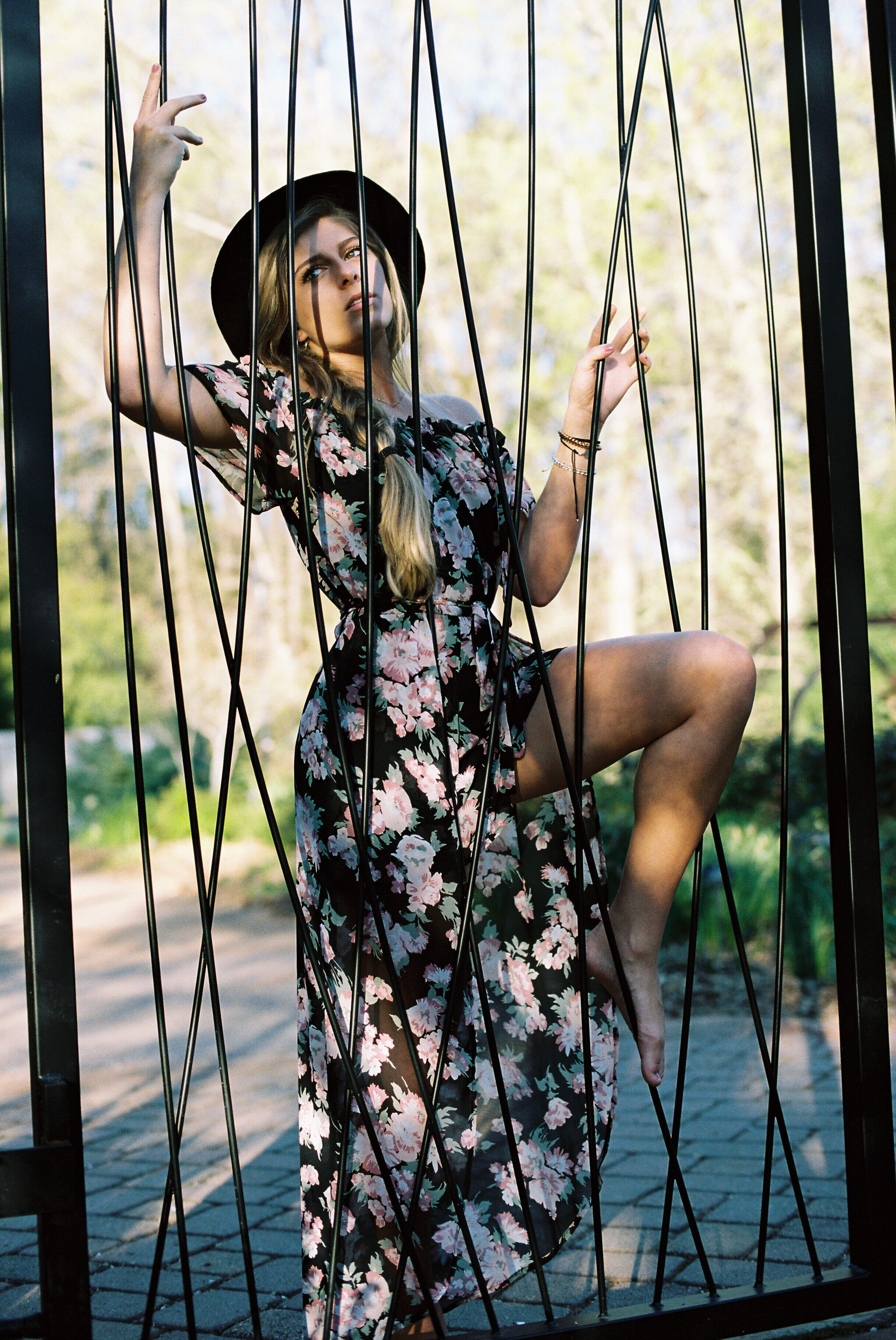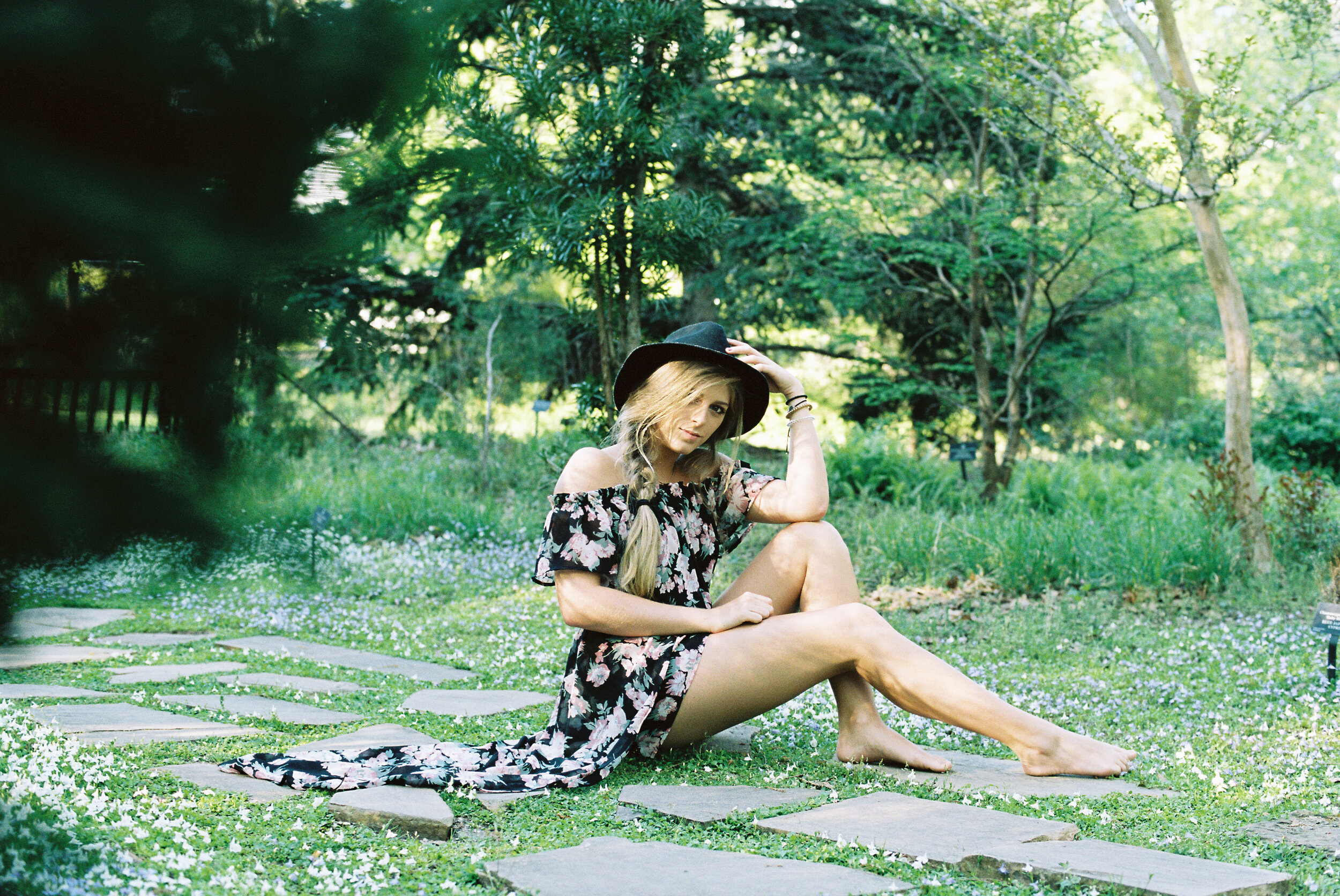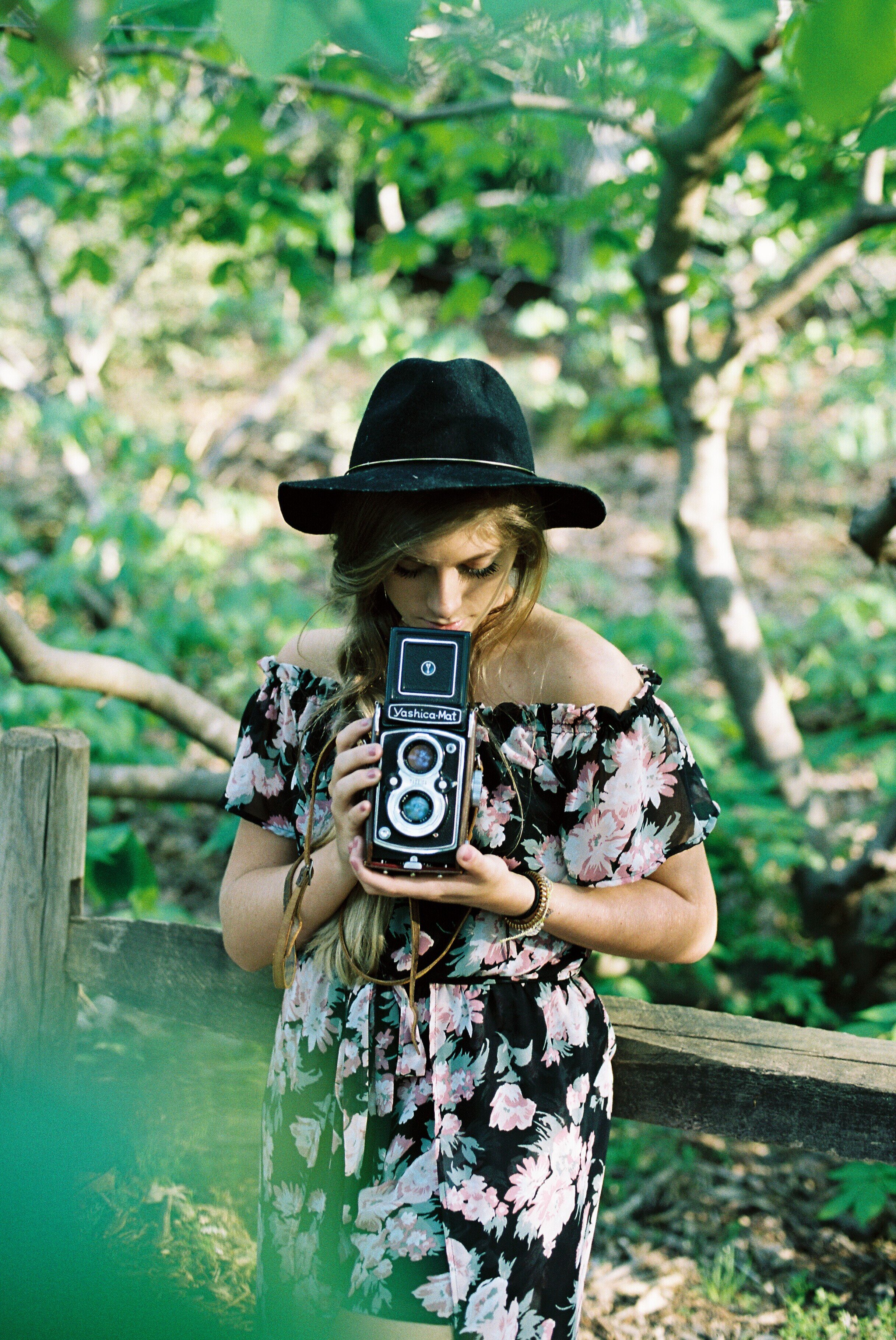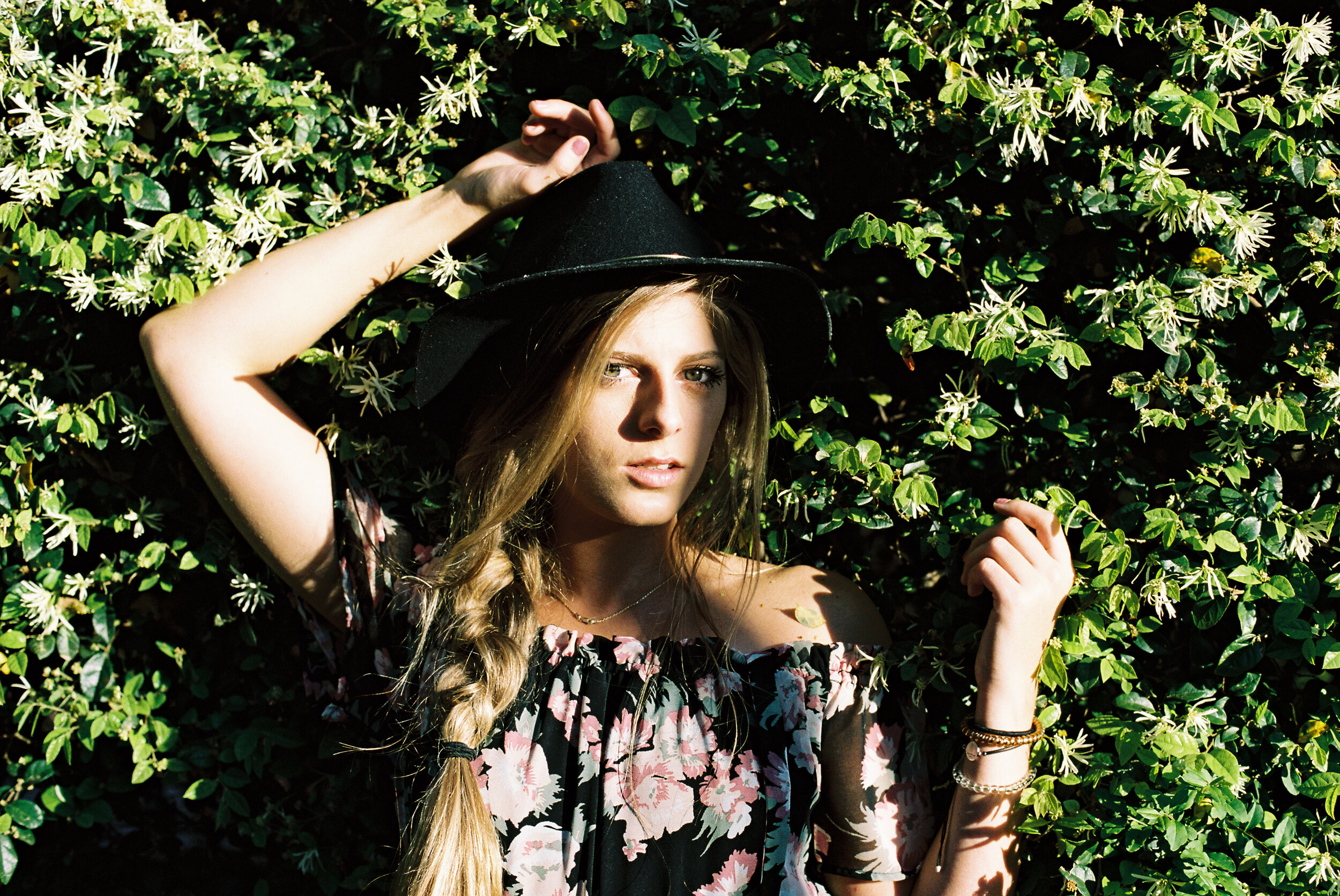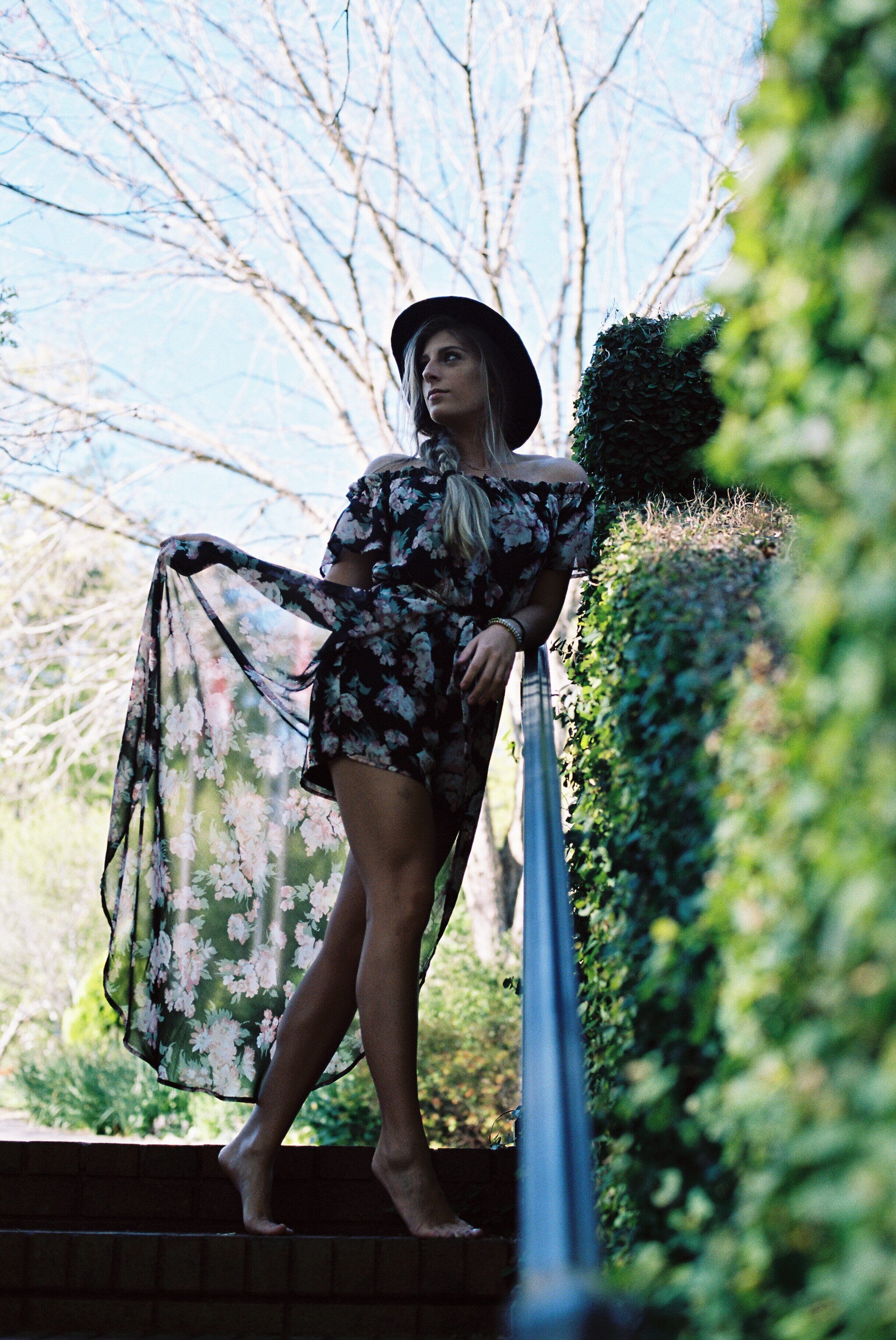Ah, we finally made it, a gear review not centered around the camera, but rather, that magic bit of glass, plastic, and metal stuck onto the front. What is it called again? Picture window….no, that’s not it. The lens. Yes, the lens. Specifically, the Canon New FD 50mm 1.4.
You may recall my post months back reviewing my beloved and dearly departed Canon AE-1 Program. Well it turns out that I recently discovered it wasn’t actually broken after all, and the problem has since been sorted. I also happened across another one, this time in my preferred silver and even better condition for a killer deal, so now I have two. You know, normal photographer with a gear addiction stuff. Did I say addiction? I don’t have a problem, you have a problem. Don’t judge me. Anyway, we’ll get back to that.
In the interim of believing that I didn’t have a functioning Canon SLR, I decided to pick up a cheap adapter and try out some of the FD glass on my Fujifilm X bodies. Of particular interest for experimentation was my Canon New FD 50mm f1.8, a focal length I did not have for my Fujis. I had achieved what I believed to be fine results with it on the AE-1, so why not give a go right? Not quite. I won’t say it is a bad lens because it isn’t. Rather, it is a soft lens, and not in a good “it has character way.” For the vast majority of my portrait work I shoot my lenses wide open and using the 50mm f1.8 was no different. Unfortunately, this is where the problems became clear. Initially viewing the photos on the camera’s screen, they seemed great. In focus, nice bokeh though nothing earth shattering, and what I thought was sharp. It wasn’t until I pulled them onto the computer that I realized what a mess they actually were. Wide open, the lens rendered everything from the corners to dead in the middle softer than a cashmere sweater. Contrast was all but nonexistent, making it look more like I was staring at a drawing of my photo than the photo itself. I still continued to use the lens for a time, but rapidly grew disillusioned with the results. Included below are a couple images pulled straight out of camera from my Fujifilm X-T2. Note the extremely soft and low contrast rendering.
Flash forward 4 months and I had a new and absolutely stunning AE-1 Program in my hands, and after some light cleaning, it was ready to get to work. A resolution for myself was to shoot at least half as much on film as I do on digital, meaning this camera was going to see plenty of use in the coming months. But now I had a problem - do I really want to spend $8-$10 on a roll of film, then that all over again for developing and scans, all for photos rendered by a lens I did not like? If I was going to be investing this much time and money into this craft, I needed a better tool for the job. After some careful research, I found my solution, and ended up spending $50 on my old lens’ big brother, the 50mm f1.4.
Now I must say, I haven’t been this excited to see a package arrive in a while. As I said, I tend toward shooting wide open, and am therefore a bit obsessed with the idea of fast glass. I am also not in the tax bracket that affords me Noktons or Summiluxes or Nocts, so the closest I have ever gotten to “fast” is my fungus filled Minolta 55mm f1.7. So when an f1.4 showed up at my door, I could hardly contain myself. I ripped open the packaging, revealing the little lens tucked within.
Visually and tactiley, not much initially differentiates the f1.4 from its slower sibling. The same solid feeling construction of black metal and plastic, a slightly stiff and clicky aperture ring, a smooth focus throw. A bit longer and the tiniest bit wider, but from the outset, very similar. But, take off the lens cap and you are greeted by a sea of blue and purple coated glass. Stare into its depths and notice the 7 aperture blades, a welcome upgrade from the f1.8’s 5. This thing looked fast, it looked sharp, it looked like what I wanted, and this was all without mounting it on a camera yet.
Hurriedly I stuck it onto that same cheap little adapter, paired it to my X-T1, and headed out the door. I took what pictures I could, as we are all technically supposed to be inside right now, but wasn’t too worried about the subject matter. It was really just a test after all. Here are some of the results, all shot wide open.
I was instantly enamored. The subject separation was incredible, with smooth bokeh almost reminiscent of a watercolor painting. Center sharpness appeared to be flawless, and every shot came back nice and contrasty. A few simple photos told me everything I need to know about this lens, and it was indeed what I had wanted for a price I couldn’t believe.
Unfortunately, as we all know, the world has gone to absolute shit, and this has made getting out and exercising my particular brand of creativity a bit difficult, really limiting how much use I can currently get out of the lens. Luckily, my girlfriend and I did get in one shoot with it, my AE-1, and a roll of Kodak Portra 160 before everything really shut down. I just assume that walking around taking photos counts as the government approved exercise.
Before we even got out the door I captured my favorite photo of the day in the late afternoon sun. You can see how smooth the area around her is rendered, as well as the nice contrast and colors it is capable of. Slight overexposure on my part, though I wanted to ensure I didn’t lose detail out of the shadows.
I think this image in particular illustrates the painting like nature the lens is capable of in the foreground elements, particularly in the top of the purple flowers. Again, blown away by the incredibly shallow depth of field.
Another favorite of the day, despite the just missed focus on my part. Working wide open with it can make for a difficult time nailing focus, and I found a few of my shots slightly off as a result.
And a few more for good measure, if for no other reason than to show off how gorgeous she is.
All told, I couldn’t be happier with the results. I wanted a 50mm with good sharpness and contrast that would remain that way all the way into its maximum aperture and I got it. I don’t think there’s really a lens of comparable value to it, especially factoring in how easy it is to come by cheap and clean examples like mine. Whether you’re shooting film or mirrorless, get yourselves a Canon 50mm f1.4. I can’t think of a finer lens to document the apocalypse.

